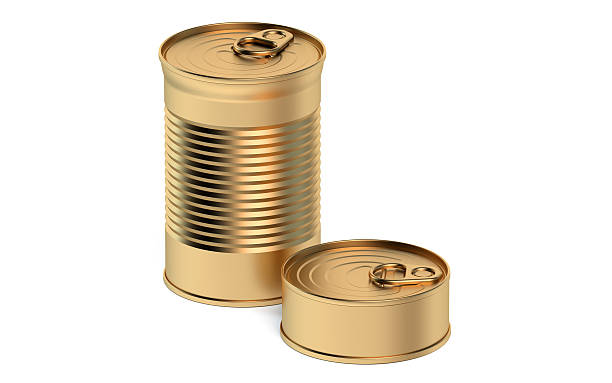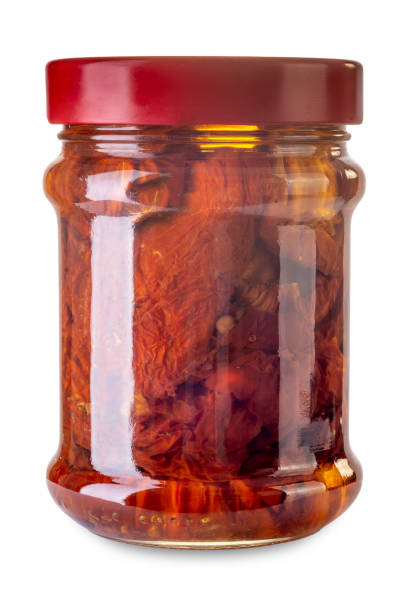
Packaging is a subtle blend of art and science, particularly when it relates to dried fruit. So, what makes dried fruit packaging so darn important? Well, it boils down to this: the right packaging can make or break the freshness, taste, and longevity of these delectable morsels. As the market swells with a plethora of options, it becomes increasingly crucial to determine which method truly hits the bullseye for dried fruit packing. As we wade through this vast ocean of choices, let’s embark on a journey of understanding and discover what makes a packaging solution tick.
Dry fruits and nuts have always been a favorite snack and a quintessential ingredient in many dishes. Their shelf life, however, can be quite fragile if not preserved correctly. Enter the realm of dry fruit packing. A territory where each decision, each material choice, and each sealing technique can be the difference between a delectable raisin and, well… something far less palatable.
With so many advancements in food packaging technology, our quest is to uncover the most efficient, sustainable, and effective ways to ensure our dried fruits remain as delightful as the day they are packed.
Types of Packaging for Dried Fruit and Nuts
When you explore the vast array of dried fruits and nuts packaging in supermarkets, the diversity can be quite impressive. Here are some of the popular packaging types:
Plastic Pouches
- Description: These are typically made of high-quality materials that are adept at keeping moisture out.
- Best For: Soft fruits and those susceptible to moisture. They can be vacuum-sealed for added freshness.
Glass Jars
- Description: Transparent and airtight containers that allow consumers to see the contents clearly.
- Best For: Both dried fruits and nuts that require an airtight seal and benefit from a visual showcase.
Kraft Pouches
- Description: Made from kraft paper, these offer a rustic, eco-friendly appeal.
- Best For: Hardy nuts and grains that require less stringent moisture protection.
Can Packaging
- Description: Sturdy and often lined to prevent the metal from reacting with the contents.
- Best For: Both dried fruits and nuts. Cans have been gaining popularity, especially for premium or gourmet offerings.
Tin Tie Bags
- Description: Bags with metal ties at the top. They can be resealed after opening, making them handy for preserving freshness.
- Best For: Any dried fruit or nut that will be consumed over multiple sittings.
Plastic Tubs
- Description: Hard plastic containers with tight-fitting lids.
- Best For: Larger quantities of dried fruits or nuts, often found in bulk aisles or for club store sizes.





